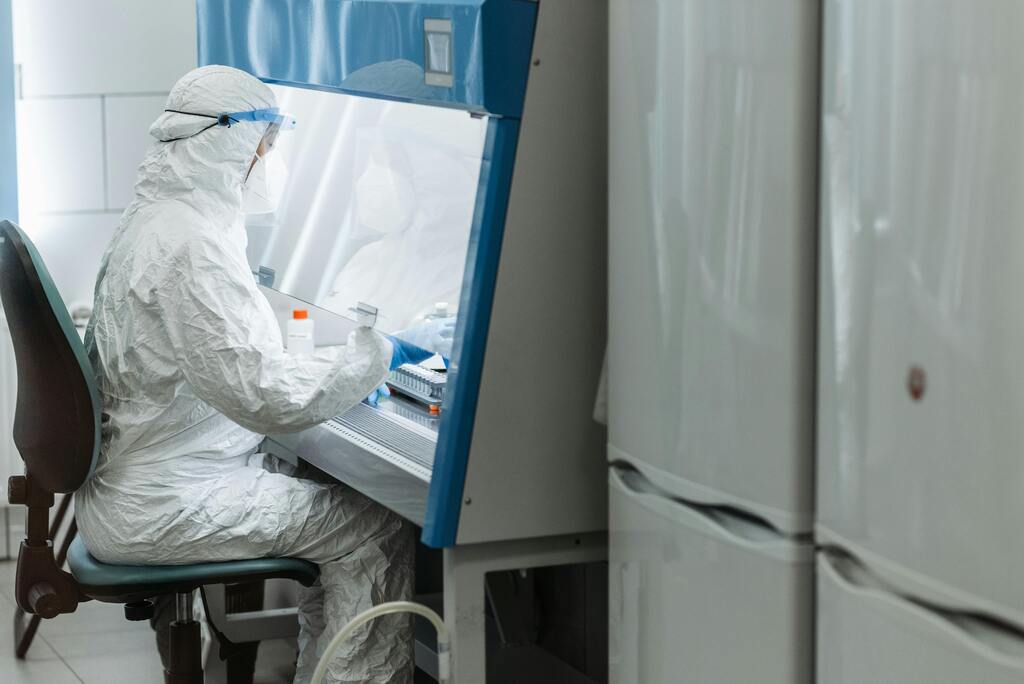At innoME GmbH, our 384-well microplates deliver consistent optical performance and tight tolerances for reproducible results—whether you run absorbance, fluorescence/luminescence, or cell-based assays at scale. Choose PS or COC, TC-treated or untreated, with glass or film bottoms to match your detection method and throughput needs.
Not sure which variant fits your reader or assay?
Our team will align plate specs to your instrument and workflow.
Scale your platform with custom plates:
→ Learn more about our Multiwell Plates
→ Explore our Impedance Plates for sensor applications

We manufacture every product precisely according to your drawings and performance requirements:
1️⃣ Inquiry: Define your requirements (format, material, surface, quantity)
2️⃣ Consultation & planning: Technical review and design validation
3️⃣ Quotation: Detailed cost overview including tooling, samples, and serial production
4️⃣ Prototyping: 3D-printed parts (~80% final geometry) or prototype molding (~95%, up to 1,000 shots)
5️⃣ Tooling: Aluminum or stainless-steel molds (lead time ~3 months)
6️⃣ Sampling & approval: Optical and dimensional testing, plate-reader validation
7️⃣ Delivery: Serial production under QA control, shipped directly from our German facility
Standard versions are available from stock, OEM tooling within approx. 3 months.
Yes—our plates follow ANSI/SLAS dimensions for compatibility with major readers (Tecan, BioTek, PerkinElmer, Agilent, etc.) and liquid handlers.
Use PS for TC-treated cell culture and visible-range assays; choose COC for low autofluorescence and UV/VIS to ~200 nm.
Black minimizes crosstalk in fluorescence; white maximizes signal in luminescence; clear for imaging/absorbance.
Yes—glass bottom (≈170–175 µm) for high-NA imaging/HCS; film is available for cost-effective optical workflows.
Absolutely—OEM/private label, coatings (TC, collagen, PDL, low-adhesion), barcodes, and sensor integration are available.